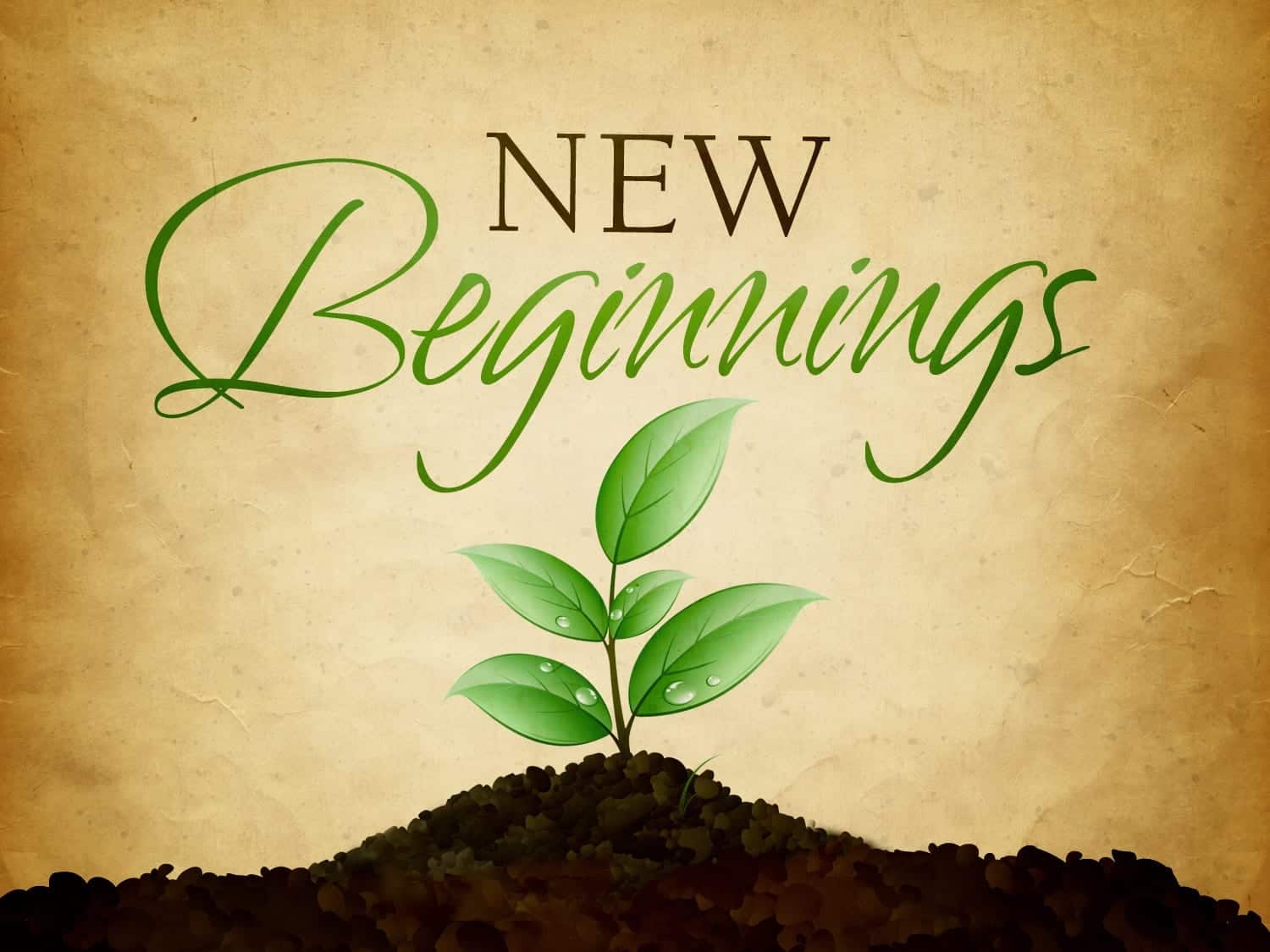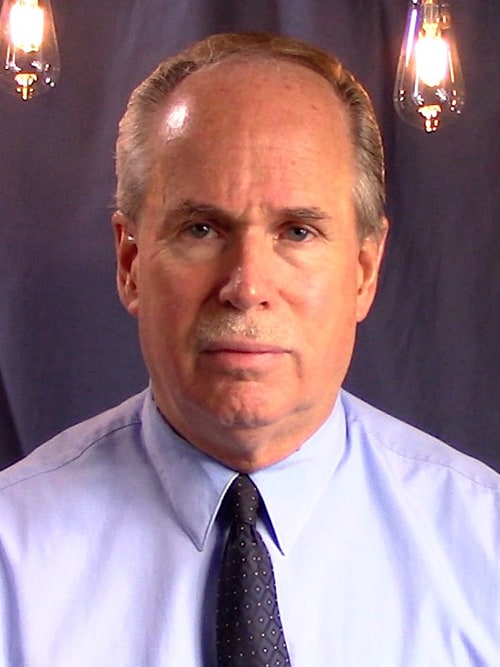What would I do with a new start? I mean a really new, ‘new’ start? Not something that looks new because we’ve vigorously spit-shined something that’s old to a new luster. Not some radical make-over of something that’s radically old so that it looks convincingly new. Not a meticulous restoration that’s going to erase the footprints of time and grant something old a few more years of life. I don’t mean any of that or anything even remotely close to that. What I’m asking is, do I really want a new, ‘new start? If I do, then I’d be terribly wise to seriously consider a few things:
First, A New Future is Not a Face-Lift
Our tendency is to take the raw material of the past and recast it into something supposedly new. Whatever we end up with when the recasting’s complete often looks strikingly and convincingly new, when in reality it’s often nothing more than a creatively altered version of the past. In far too many instances, what we’ve recast is nothing more than another rendition of the raw material that we started with. Yet, we celebrate these new goals thinking that they are actually new, when they are nothing more than an historical facelift.
Second, a New Future Demands Risk
Sometimes we don’t want a new future, even though we think we do. We find the idea of a new future as a bit electrifying, but we begin to hem and haw when we start realizing the risks involved in developing a new future. We do that at the point where we begin to realize that the further the future that we’ve planned is from the past that we’re leaving, the greater the risk and higher the cost. Once this shell-game has played itself out, the future has often been muzzled to the point that it’s anemic, hamstrung, and little more than the past in rogue disguise.
Third, a New Future Will Demand Something New
If we want a truly new ‘new’ future, something about it must be new. ‘New’ implies something that does not possess any of the elements that we already possess. Something must be added that has not been added before. Some place that we have never been must be some place that we’re now willing to go. Some direction that we’ve either avoided or never thought to consider needs to be considered and embarked upon. Some decision that we may have avoided out of the fear that it may rock our world may need to be made and given permission to do exactly that.
Fourth, a New Future Means Grieving What We’re Leaving
Leaving something behind is one thing. What we don’t consider is the grieving in the leaving. Yet, when we leave something behind it will naturally leave a hole of some sort. Whether that hole be large or small, disorienting or desired, painful or painless, it is the now vacant space that was once occupied by whatever it is that we’re leaving. Creating a space creates a measure of discomfort because we’re not used to a hole being where something else used to be. On top of that, we’re naturally prone to fill empty spaces for the simple fact that they’re empty. Leaving the past means grieving.
Fifth, a New Future is Not Building a Museum
We have this hoarding tendency. So, we want to keep a few mementos. However, too often keeping a few mementos turns into keeping a whole lot of mementos. Eventually we want a museum. This is not to say that we shouldn’t preserve our past as a sacred part of our journey. However, when we set about creating museums, the task becomes so monstrous that we end up living in the museum that we’ve created. When we do that, our future has become about preserving our past. We need to understand that honoring the past is far different than living in it.
A New Future
We are not born into a world of immense and improbable possibilities to be chained to finite possibilities. We have a God who says that the impossible is entirely possible. If we want a really new ‘new’ start, we’d be wise to realize that the idea of ‘what has been will always be’ will only ‘be’ if we choose it to be. And in the oddity of life, we have the power and privilege to decide either way. May this New Year be ‘new’ in an entirely new way.

 Craig Lounsbrough
M. Div., LPC
Craig Lounsbrough
M. Div., LPC